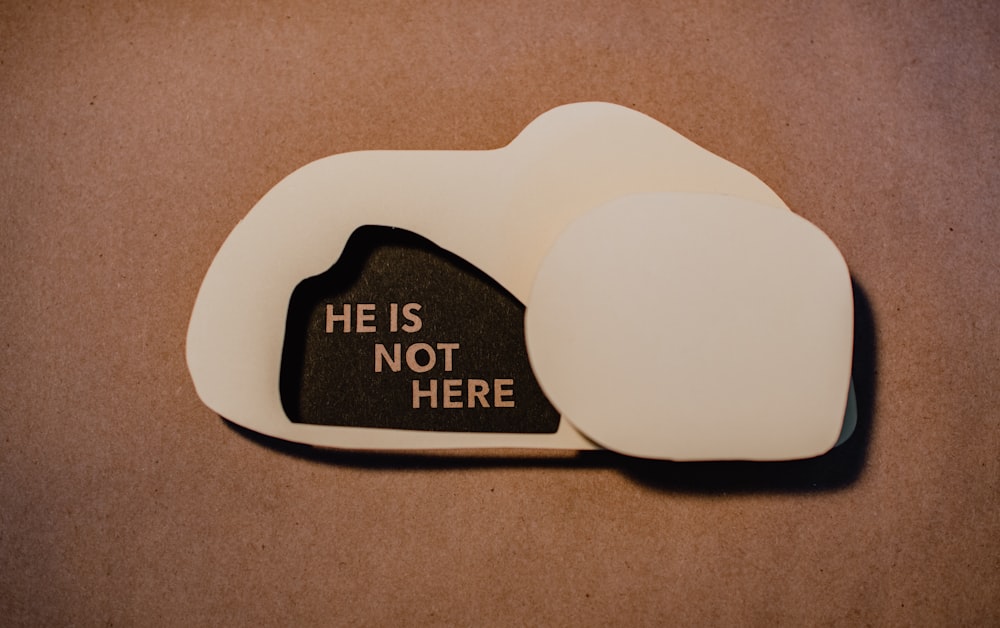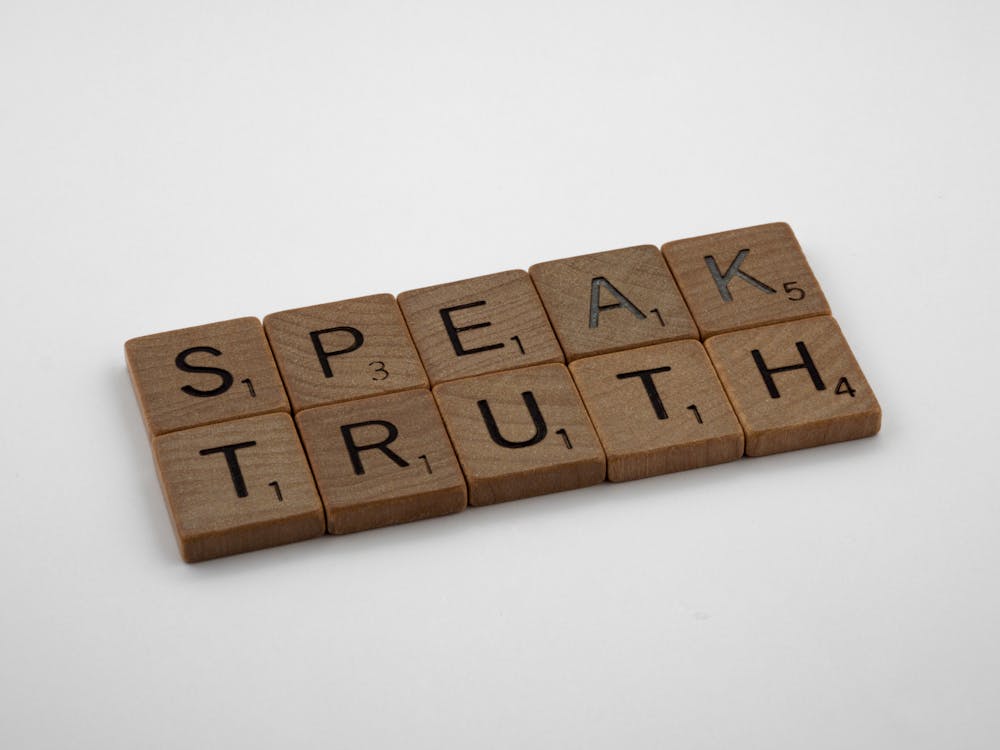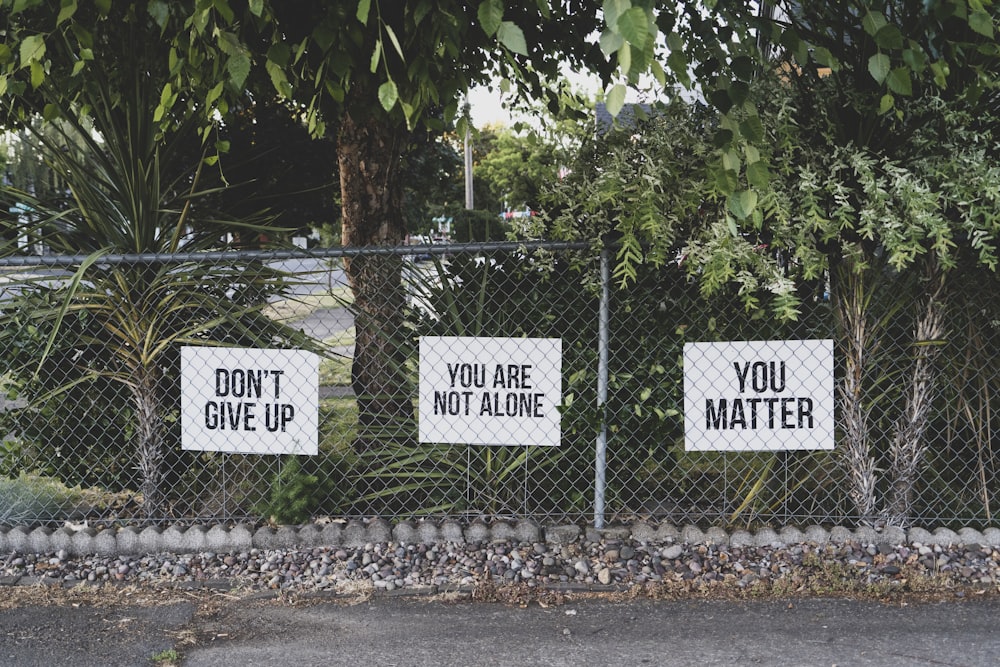
A Catholic Professor in the Humanities Department of Sogang University gives the readers of the Catholic Peace Weekly some thoughts on what can't change, what can change, and what must change.
The word that is mentioned a lot in society these days seems to be ‘innovation’. Artificial intelligence, in particular, is almost always referred to as a "revolution." Now, if we don't keep up with these changes, it seems like we'll be left behind.
So what does it mean to be a Christian? In the midst of this, we ask this question because of our faith in Jesus, who died on the cross after living for 30 years in a small village in Palestine 2,000 years ago. Does our faith continue to look back? Moreover, the Apostle Paul says: "If we preach a different gospel than we preached to you, let us be accursed" (Galatians 1:8). The numerous local councils and 21 universal councils held during the past 2000 years speak for themselves.
So, in the Catholic Church, there are obviously things that cannot and should not change. They are the truths of faith passed down from the apostles, the sacraments, and the hierarchical system, the structure of the church. Then, should the church be like a museum, keeping these immutable truths safe for the next generation as it was at the beginning?
This question was posed by many theologians in the 19th and 20th centuries and was decisively confronted by the Second Vatican Council. Pope St. John XXIII, in his opening address to the Council, responded as follows: "In order, however, that this doctrine may influence the numerous fields of human activity, with reference to individuals, to families, and to social life, it is necessary first of all that the Church should never depart from the sacred patrimony of truth received from the Fathers. But at the same time she must ever look to the present, to the new conditions and new forms of life introduced into the modern world which have opened new avenues to the Catholic apostolate." This is the meaning of 'Aggiornamento', the phrase used often in connection with the Council. (Aggiornamento is an Italian word meaning "bringing up to date")
So why can the church talk about change? The answer to this question is simple. Because the Church is God's and at the same time a community of men and women who live within human history. This means that the church affects the world, but the world also affects the church and the life of believers. Some of the effects are beneficial and some are harmful. It requires acceptance and purification through discernment.
Another motive for change is the mission of the church. We must confess, live and spread the faith we have received, but the problem is 'people'. Humanity in history, neither the consciousness nor the way of life of the people who make up the church remain the same at all times and in all cultures in all ways. Therefore, in order for the gospel to reach people more effectively and help them accept the gospel in a 'pleasing' way, we must always seek a 'method' that fits our place in life. It is similar to having to use different educational methods depending on the subject even if they live in the same era. Therefore, truth belongs to things that cannot be changed, but the way to live and express the truth belongs to 'what can change'. And if the old way is no longer suitable for living and spreading the truth, it now needs to 'be changed'.
The church is like a living organism. Cells of living things have 'borders' to protect their essence, but the borders, or cell membranes, are not closed, so a healthy 'coming and going' occurs. As a result, organisms can grow. The Church, walking toward God through history, must also discern what must not change, what can change, and what must change. In fact, everything that exists changes whether we like it or not. If so, shouldn't we change in the direction God wants? And this identification involves the Shepherd and the entire people of God.





